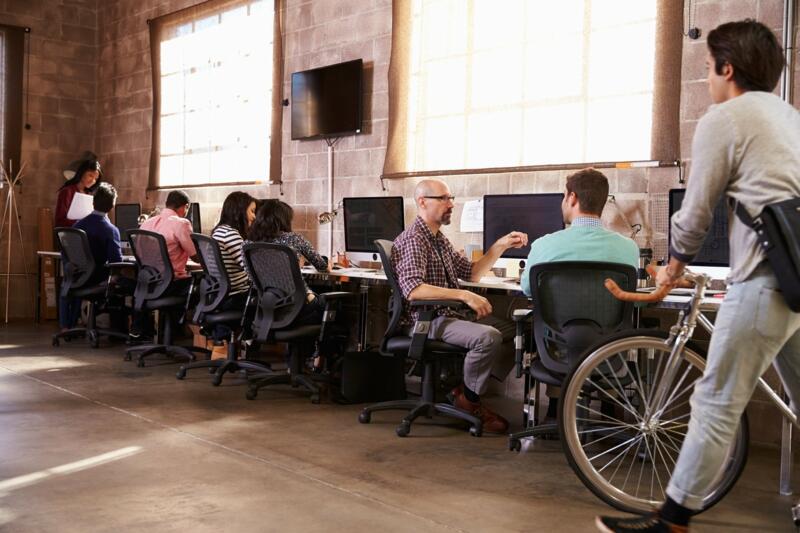30th March 2017
Top cycle to work scheme benefits
Aimee Radcliffe

It goes without saying that cycling itself has a number of benefits, but people are perhaps less familiar with the cycle to work scheme benefits. Of course, the point of the scheme is to give employees a way of saving money when buying a bike or cycling equipment, but there are other benefits for both employees and employers.
Health
For employees, cycling to work can have a host of health benefits. As a means of regular exercise, it helps to combat the dangers of an inactive lifestyle. As an aerobic and low-impact form of exercise, meanwhile, it can be especially beneficial for cardiovascular and joint health. Among the conditions it protects against are obesity, heart disease, cancer, mental illness, diabetes and arthritis.
The impact of those health benefits is not only limited to employees, but extends to employers as well. Increased exercise among employees makes for a healthier and happier workforce, which, in turn, improves productivity. The cycle to work scheme has even been shown to cut the number of days that employers lose to staff sickness.
Environment
By replacing journeys by car with journeys by bike, the cycle to work scheme encourages a more environmentally friendly means of commuting. Cycling instead of driving means that individuals reduce their carbon footprint, not only in terms of the emissions produced when commuting, but for the production of their car too, should they no longer require one. Pollution and the need for toxic car batteries and motor oil are also reduced.
Employers too can benefit from a reduced carbon footprint, as much as anything in terms of a business’s environmental goals. In addition, though, a successful scheme can mean a reduced need for car-parking infrastructure, which can be replaced with green space.
Money
The most obvious benefit of the cycle to work scheme is that it provides a means for employees to save money when buying a bike or cycling equipment. This is done via what is known as “salary sacrifice”. The bike or equipment is bought outright by the employer and is hired back to the employee, with the cost repaid in either weekly or monthly instalments. Crucially, though, the repayments come out of the employee’s gross salary, meaning they do not pay tax or National Insurance on the money used for the repayments.
The employer, meanwhile, doesn’t pay Secondary Class 1 NICs on the part of the employee’s salary that is sacrificed. They’re also able to treat the cost of buying bikes or equipment as capital expenditure, meaning they can claim capital allowances on them. Some businesses can write-off purchases as part of their Annual Investment Allowance (AIA) too. Finally, Bike2Work Scheme offers an additional benefit that many of the other scheme providers do not. By using independent shops, we help to keep money spent in the local area.
{{cta('74677def-e377-4b2d-b608-b1992deeafe1')}}
Latest Blogs
Building a Bike-Friendly Workplace: A Step-by-Step Guide with Bike2Work Scheme
Hey there workplace trendsetters and office revolutionaries! Ready to transform your dull office space into a bike haven? Buckle up because we're about to embark on a journey to create the coolest, two-wheeled utopia with Bike2Work Scheme!
The Future of Employee Benefits: Bike2Work Scheme and Workplace Well-being
Hey there, savvy employers and HR wizards!
In the ever-evolving world of employee benefits, one thing is crystal clear: a happy and healthy workforce is the secret sauce to a thriving business. That's where Bike2Work Scheme steps in with a big grin and two wheels!
Why Bike2Work Scheme? Because Well-being Matters!